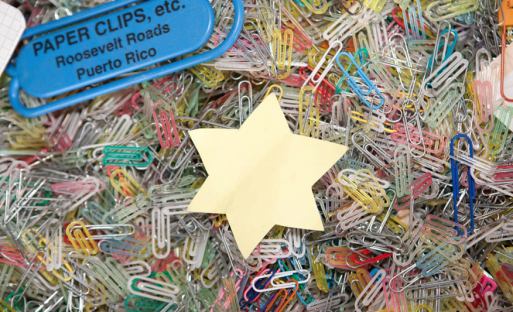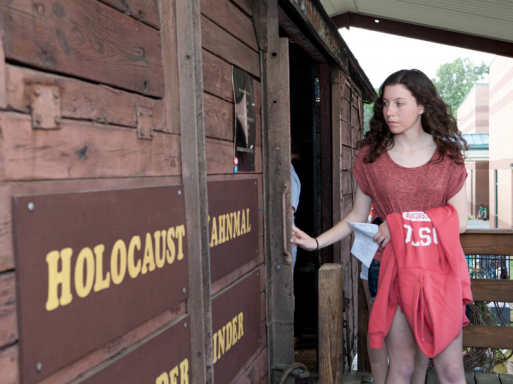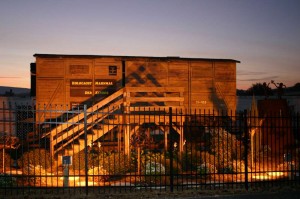In 1998, a group of students at Tennessee’s Whitwell Middle School began a unit of study on World War II and the Holocaust. The enormity of the Holocaust resonated with the students, who came to understand the frightening potential of humans on a new level of profundity. How could the Nazis rob so many of their human rights? How could so many countries stand idle during the genocide of six million Jewish victims? Something, the students thought, had to be done to further memorialize the unjust deaths of those lost in WWII. The result? A unique memorial that grew far beyond the school’s expectations: The Paper Clip Project.
“The enormity of the Holocaust resonated with the students, who came to understand the frightening potential of humans on a new level of profundity”
The Paper Clip Project, or, “The Children’s Holocaust Memorial,” began with the idea of creating a memorial that could give tangibility to the deaths of millions of Jews; if the students could create an artistic memorial that mirrored the enormity of these deaths, they could give others the potential to reflect on the scale of such an atrocity. The most difficult task for the students was finding an object that they could collect easily, in mass, which was also relevant to the history of the Holocaust.
It turns out the solution was right under their nose, in the simple form of a paper clip.
Ostensibly, paper clips had nothing to do with WWII or the Holocaust. But after some research, a student discovered that a Norwegian Jew named Joseph Vaaler had invented the object in 1899. Thus, when WWII and the Nazis were at their peak, Jews began sporting the clip in quiet solidarity.
The Whitwell students started collecting paper clips from their homes, from their friends and from far-away family; from anyone and everyone who wanted to become a part of their ambitious memorial project. The students’ one request, in addition to asking for a paper clip, was that those solicited also send a letter of reflection.
“…after some research, a student discovered that a Norwegian Jew named Joseph Vaaler had invented the object in 1899.”
As the project grew, the Whitwell students amassed hundreds, thousands and eventually millions of paper clips – they even collected clips from famous personalities like Bill Cosby, Tom Hanks, and former President Bill Clinton. The project gained so much speed that in 2004, Mirimax released a documentary about the school’s incredible efforts.
“…the Whitwell students amassed hundreds, thousands and eventually millions of paper clips — even from famous personalities like Bill Cosby, Tom Hanks, and former President Bill Clinton.”
The paper clip memorial was constructed inside an authentic German transport car, which was in turn positioned beside a flourishing garden. The combination of this macabre Holocaust souvenir with a fresh garden was intended to provide a moving juxtaposition, reminding us of the tragedy of the Jews lost in WWII while inspiring hope in the possibility for new life after so much loss.
Watch the trailer for Paper Clips below:
Related SevenPonds Articles:
- Letters from the Holocaust
- SevenPonds’ review of a Holocaust memoir by Victor Frankl
- Learn about traditional Jewish burial rights

 The Paper Clip Project: A Holocaust Memorial
The Paper Clip Project: A Holocaust Memorial





 “As Tears Go By” by Marianne Faithfull
“As Tears Go By” by Marianne Faithfull
 “The Sea” by John Banville
“The Sea” by John Banville
 Funeral Favors Offer Visitors a Tangible Memento
Funeral Favors Offer Visitors a Tangible Memento















